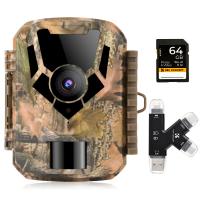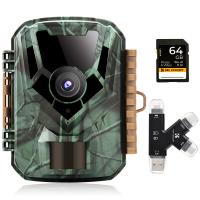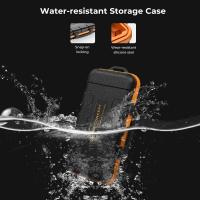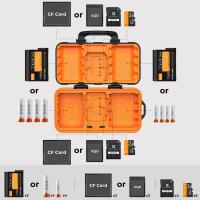How Do I Use An Sd Card?
In today's digital age, SD cards have become an essential tool for expanding storage in various devices, from cameras and smartphones to laptops and gaming consoles. Understanding how to use an SD card effectively can help you maximize its potential and ensure your data is stored safely. This article will guide you through the process of using an SD card, covering everything from choosing the right card to troubleshooting common issues.
Choosing the Right SD Card

Before you start using an SD card, it's crucial to select the right one for your needs. SD cards come in different types, sizes, and speeds, and choosing the wrong one can lead to compatibility issues or suboptimal performance.
1. Types of SD Cards: There are three main types of SD cards: SD, SDHC (Secure Digital High Capacity), and SDXC (Secure Digital Extended Capacity). SD cards have a capacity of up to 2GB, SDHC cards range from 2GB to 32GB, and SDXC cards offer storage from 32GB to 2TB. Ensure your device supports the type of SD card you plan to use.
2. Speed Class: SD cards have different speed classes, which indicate their minimum write speeds. The common speed classes are Class 2, 4, 6, and 10, with Class 10 being the fastest. For high-definition video recording or burst photography, a higher speed class is recommended.
3. UHS Speed Class: Ultra High Speed (UHS) classes, such as UHS-I, UHS-II, and UHS-III, offer even faster data transfer rates. These are ideal for professional photographers and videographers.
4. Capacity: Choose an SD card with enough capacity to meet your storage needs. For example, if you plan to store high-resolution photos or videos, opt for a card with higher capacity.
Inserting the SD Card

Once you have the right SD card, the next step is to insert it into your device. The process varies slightly depending on the device you're using.
1. Smartphones and Tablets: Most smartphones and tablets have a dedicated SD card slot, usually located on the side or back of the device. Use a SIM card ejector tool or a paperclip to open the slot, insert the SD card with the metal contacts facing down, and push it in until it clicks into place.
2. Cameras: Open the battery compartment or the dedicated SD card slot on your camera. Insert the SD card with the label facing up and the metal contacts facing down. Push it in until it clicks into place.
3. Laptops and Computers: Many laptops and computers have built-in SD card readers. Insert the SD card into the reader slot with the metal contacts facing down. If your computer doesn't have an SD card reader, you can use an external USB card reader.
4. Gaming Consoles: For gaming consoles like the Nintendo Switch, open the SD card slot cover, insert the card with the label facing up, and push it in until it clicks into place.
Formatting the SD Card

Before using a new SD card, it's a good practice to format it. Formatting prepares the card for use by creating a file system that your device can read and write to. Note that formatting will erase all data on the card, so make sure to back up any important files.
1. On a Smartphone or Tablet: Go to the device's settings, find the storage section, and select the SD card. Choose the option to format the card and follow the on-screen instructions.
2. On a Camera: Access the camera's menu, navigate to the settings or setup section, and find the format option. Select it and confirm the action.
3. On a Computer: Insert the SD card into the card reader, open the file explorer, right-click on the SD card, and select "Format." Choose the file system (usually FAT32 or exFAT) and click "Start."
Transferring Files to and from the SD Card
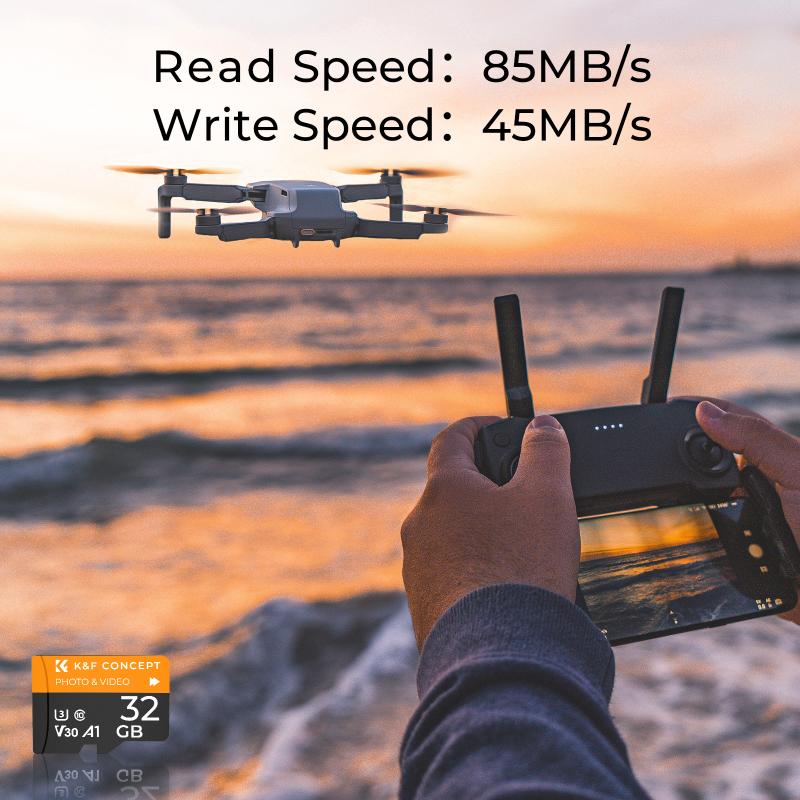
Transferring files to and from an SD card is straightforward and can be done using various methods.
1. Using a Computer: Insert the SD card into the card reader, open the file explorer, and navigate to the SD card. You can drag and drop files between the SD card and your computer's storage.
2. Using a Smartphone or Tablet: Use a file manager app to access the SD card. You can move, copy, or delete files as needed.
3. Using a Camera: Most cameras allow you to transfer files to a computer via a USB cable. Connect the camera to the computer, turn it on, and follow the prompts to transfer files.
Managing SD Card Storage
To ensure your SD card remains in good working condition and to avoid running out of space, it's essential to manage your storage effectively.
1. Regular Backups: Regularly back up the data on your SD card to a computer or cloud storage. This ensures you don't lose important files if the card gets damaged or lost.
2. Delete Unnecessary Files: Periodically review the files on your SD card and delete any that are no longer needed. This frees up space for new data.
3. Avoid Overfilling: Try to keep some free space on your SD card. Overfilling can slow down performance and increase the risk of data corruption.
Troubleshooting Common Issues
Despite their convenience, SD cards can sometimes encounter issues. Here are some common problems and how to troubleshoot them.
1. Card Not Recognized: If your device doesn't recognize the SD card, try reinserting it or using it in another device. If the problem persists, the card may be damaged or corrupted.
2. Read/Write Errors: If you encounter read/write errors, try formatting the card. If the errors continue, the card may be faulty.
3. Slow Performance: If your SD card is performing slowly, check its speed class and ensure it's suitable for your needs. Formatting the card can also help improve performance.
4. Data Corruption: If files on your SD card become corrupted, try using data recovery software to retrieve them. Regular backups can help prevent data loss.
Using an SD card is a simple yet effective way to expand the storage capacity of your devices. By choosing the right card, properly inserting and formatting it, and managing your storage effectively, you can ensure your data is safe and your devices perform optimally. Whether you're a casual user or a professional, understanding how to use an SD card can enhance your digital experience and provide you with the storage flexibility you need.


